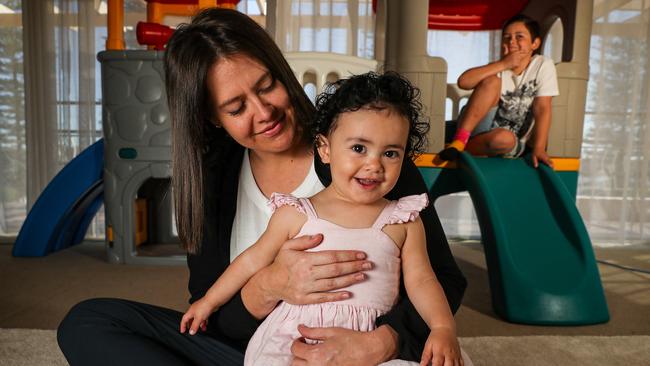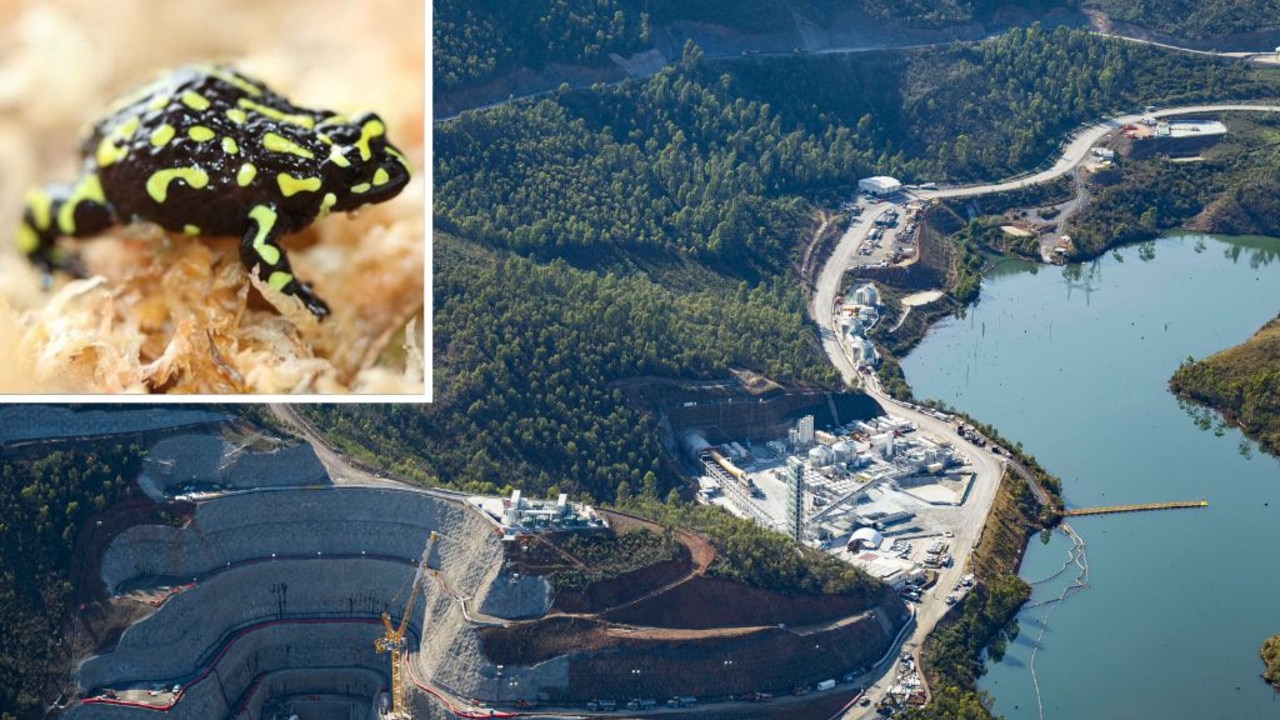Early intervention halts autism, study finds
A landmark study into autism has found that a therapy in which parents learn to read the ‘secret code’ of their baby’s communication cuts autism risk by two-thirds.

A landmark study into autism has found that a therapy in which parents learn to read the “secret code” of their baby’s communication cuts the chances of babies at risk going on to be diagnosed with autism by two-thirds.
Previously doctors waited until a child was three to diagnose and begin therapy for autism, but researchers now say babies’ brains can be moulded from an early age, reducing the eventual chance of a diagnosis.
The research conducted by the Telethon Kids Institute found a clinical diagnosis of autism was only one-third as likely in children who received the pre-emptive therapy known as iBASIS-VIPP.
“This is a landmark finding for autism research,” said Andrew Whitehouse, professor of autism research at the Telethon Kids’ Institute and the University of Western Australia. “One of the things that we were was taught in clinical training many years ago is that children are born with autism. And we are just waiting until they’re around three years of age, when we can diagnose autism.
“What we have started to understand through science over the last 20 years is that that’s not the case. In most cases, children are born with small differences in their development, which then grow over time to then express the behaviours that we call autism.
“And so if we can identify those babies as early as possible, and actually help them communicate, and interact with the environment in a way that helps build those neural pathways, then we can actually support longer-term development and reduce the chances of an autism diagnosis.”
The early intervention therapy trialled by Telethon coached parents to recognise the different ways in which their baby was communicating, and then learn to communicate back in a meaningful way for the baby. Babies at risk of autism often do not make eye contact or imitate speech in ways that other babies do, but communicate through body language, facial expressions and vocal sounds in ways that parents may not understand.
During the trial, parents were taught to recognise these alternative methods of communication. Interactions with babies and parents were videoed and studied.
“What we do is we help parents to understand this almost secret code that babies have in the way that they communicate, and how they can then change the way they interact to build on those beautiful little communication codes to have both back and forth interactions, interactions that are so crucial to developing their brain,” Professor Whitehouse said.
Professor Whitehouse said many therapies for autism tried to replace developmental differences with more ‘typical’ behaviours. In contrast, iBASIS-VIPP sought to work with each child’s unique differences and create a social environment around the child that would help them learn in a way that was best for them.
The findings were the first evidence worldwide that a pre-emptive intervention during infancy can lead to such a significant improvement in children’s social development that they then fell below the threshold for a clinical diagnosis of autism.
Perth mother Alianna Celisano enrolled her now 15-month-old baby Angelina in the Telethon study. Angelina was at risk of autism as her eight-year-old brother Michele has a diagnosis.
“I would read her a story or we would enjoy a toy together, or communicate over a meal time, and I would watch how she was communicating with me and vice versa,” Ms Celisano said. “It allowed me to sort of adapt and make sure I was showing my expressions in a way that she could really benefit from.
“What I found was that by doing that I could better meet her needs. We could have more of an enriched shared interaction between the two of us.”
Ms Celisano said if the therapy had been available to Michele it would have been “life-changing”.
“Had we have been able to do this during his infancy period, when the brains of babies are still so elastic, we probably would have prevented a lot of the struggles that we had,” she said.
About two per cent of Australians are diagnosed with autism.








To join the conversation, please log in. Don't have an account? Register
Join the conversation, you are commenting as Logout